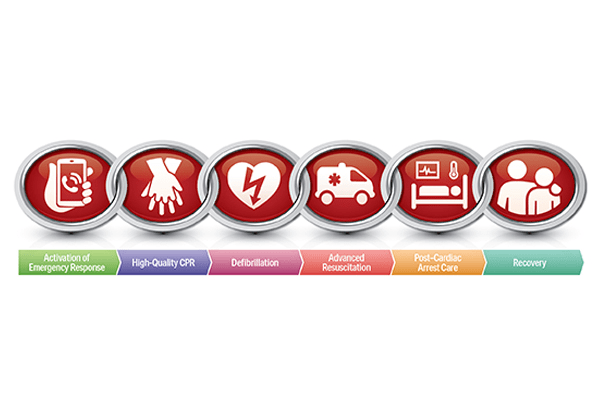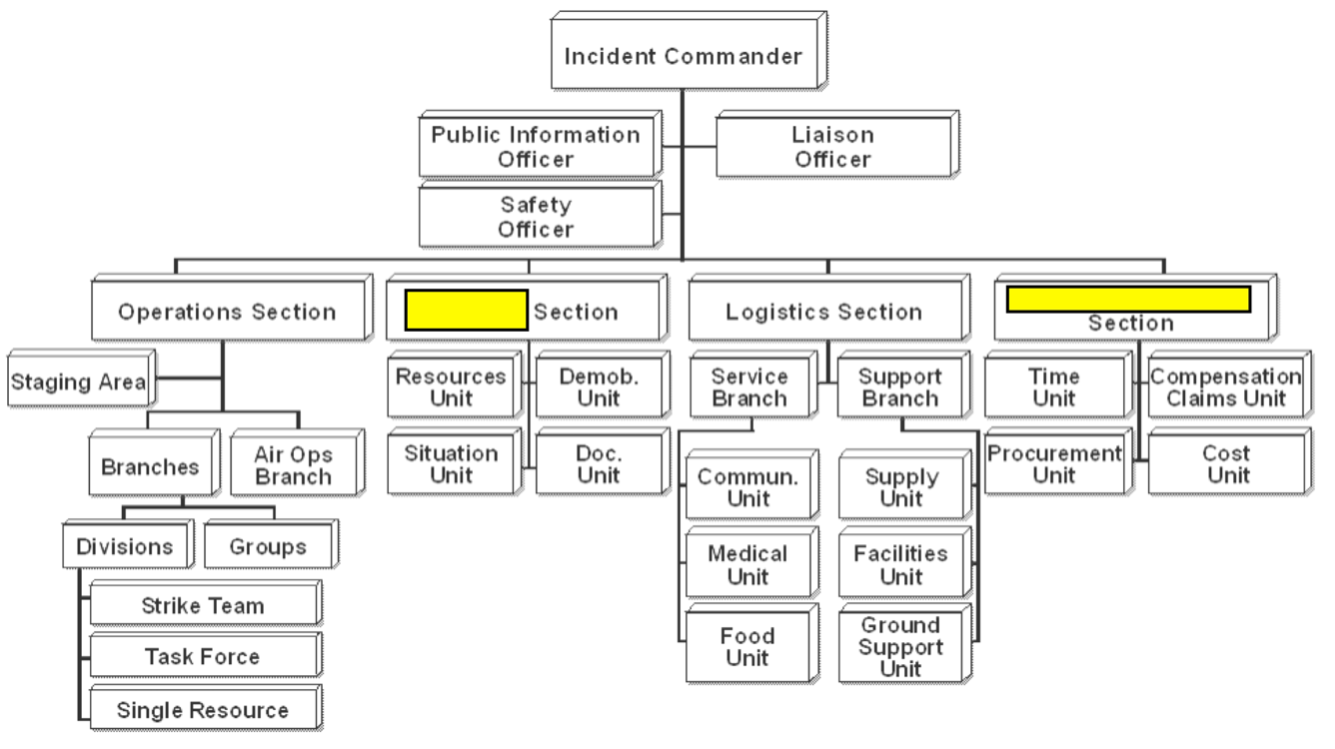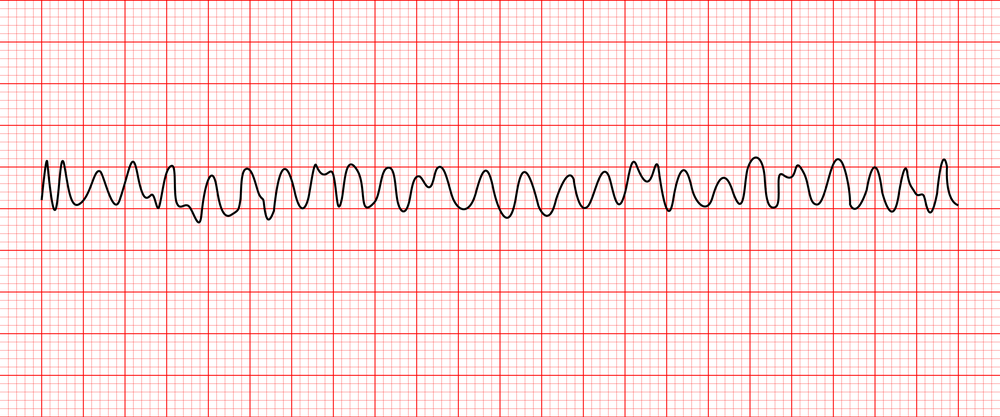Name three components of the cardiac chain of survival

A patient calls 911 for assistance. Upon arrival, the patient decides they do not want transport to the hospital. What is one piece of documentation we must ensure we leave the scene with?
A signed refusal form
Who has overall responsibility for an incident?
Incident Commander
What type of bandage may be useful with a patient with an open/sucking chest wound?
Occlusive bandage
What is the adult dose of aspirin for an adult experiencing chest pains that you suspect are cardiac related?
324mg of aspirin (4 baby aspirin)
You respond to the home of a 67 year old male patient complaining of shortness of breath. The patient states he has not been to a doctor in years. The patient's legs and ankles are noted to be very swollen, something he said started happening in the last few months. The patient stated he woke up this morning feeling like he could not breathe. What condition does this patient likely suffer from?
Congestive heart failure (CHF)
Right-sided heart failure: the heart's right ventricle is too weak to pump enough blood to the lungs. As blood builds up in the veins, fluid gets pushed out into the tissues in the body. Right-sided heart failure symptoms include swelling and shortness of breath.
Left-sided heart failure: The left ventricle of the heart no longer pumps enough blood around the body. As a result, blood builds up in the blood vessels that carry blood away from the lungs. This causes shortness of breath, trouble breathing or coughing.
Name 5 examples of PPE you could consider wearing on an EMS call
Gloves
Mask (surgical mask, N95)
Eye Protection (goggles, glasses)
PAPR (powered air purifying respirator)
Respirator
Gowns
Turnouts/SCBA
Name the three roles who are part of the Command Staff and report to the IC
Public Information Officer
Liaison Officer
Safety Officer
Where should a tourniquet be placed on a patient with an arm injury that is spurting bright red blood?
2-3 inches proximal to the most proximal wound, not over a joint
Protocol Book 30.175
You are on scene with M461 with EMTs of a 40 year old male patient having a severe allergic reaction. The patient has an allergy to peanuts and states he accidentally ate a cookie earlier that may have had peanut butter in the recipe. The patient states he has an Epi-Pen in the glovebox of his vehicle. Do you use the patient's Epi-Pen to help resolve his allergic reaction?
No, given the unknowns regarding proper storage, age etc. of the patient's home prescribed medications, if a medic unit is on scene, use our medication to treat the patient.
If there is a substantial delay that would result from using medication from Mist-Birkenfeld (i.e. the medic unit has not arrived), you may assist the patient in using his Epi-Pen
You are at Vernonia High School for a medical standby for the high school football game. A 16 year old male patient was playing in a football game and took a hard hit and collapsed to the ground. He is pulseless and not breathing. What is the name of the cardiac condition that led to this sudden cardiac arrest?
Commotio cordis
Commotio cordis is a rare disruption of heart rhythm that occurs as a result of a blow to the area directly over the heart at a critical instant during the cycle of a heartbeat. The condition is 97% fatal if not treated within three minutes.
Name 3 hospitals that we may take CSTAT-Positive Stroke patients to.
Hint: These facilities are "stroke interventional"
Kaiser Sunnyside
Legacy Emanuel
OHSU
Peace Health SW Washington
Providence Portland
Providence St. Vincent
Protocol Book 50.015
 Name the two missing roles
Name the two missing roles
Planning
Finance/Admin
Name three criteria for patients that should be transported to the highest level of care within the trauma system
GCS ≤ 13 or
Systolic BP < 90 mmHg or
Respirator rate < 10 or > 29 breaths per minute (< 20 in infant aged < 1 year); or need for ventilatory support.
OR
All penetrating injuries to head, neck, torso, and extremities proximal to elbow or knee; or
Chest wall instability or deformity (e.g., flail chest); or
Two or more proximal long-bone fractures; or
Crushed, degloved, mangled, or pulseless extremities; or
Amputation proximal to wrist or ankle; or
Suspected pelvic fracture; or
Open or depressed skull fracture; or
Motor sensory deficit
Name three medications carried on our ambulances to treat a diabetic emergency.
Oral glucose
Dextrose (D10, D50)
Glucagon

Name this rhythm
Ventricular fibrillation
What is the lowest trained level of EMS provider that may administer Diphenhydramine to a patient experiencing an allergic reaction?
EMT-Intermediate
What is the difference between a task force and a strike team?
Task Force: Any combination of resources assembled to support a specific mission or operational need. A Task Force will contain resources of different kinds and types, All resource elements within a Task Force must have common communications and a designated leader.
Strike Team/ Resource Team: A set number of resources of the same kind and type that have an established minimum number of personnel, common communications, and a designated leader. In the law enforcement community, Strike Teams are sometimes referred to as Resource Teams.
Name the three criteria for Cushing's triad and explain what Cushing's triad may indicate.
Bradycardia (slow heart rate)
Widened pulse pressure (large difference between systolic & diastolic)
Irregular respirations
The Cushing reflex is a physiological nervous system response to acute elevations of intracranial pressure (ICP)
Name two antidysrhythmic medications we carry on the ambulance and the first adult doses for each of these medications in a pulseless VF or VT 120kg cardiac arrest patient
Amiodarone - 300mg IV/IO
Lidocaine - 180mg IV/IO (1.5mg/kg)
Protocol Book 10.050, 20.040, 20.160
Name the three ways we can use electricity therapeutically for EMS patients.
Defibrillation
Synchronized Cardioversion
Transcutaneous Pacing
Name 5 functional assignments/roles you may see on a a multi/mass casualty incident
Incident Commander
Medical Branch Supervisor
Triage
Treatment
Transport
Destination
Staging Area
Landing Zone
Other ICS roles
What is a "newer" ICS Function Identified in NIMS that sometimes may have its own Section Chief depending on the nature of the Incident?
Hint: More commonly used in incidents regarding serious criminal implications or terrorism.
Intelligence/Investigations
Intelligence/Investigations (I/I) is a sixth ICS function identified in NIMS. The Intelligence / Investigations function can be established to collect, analyze, and disseminate incident-related information and intelligence for incidents involving intensive intelligence gathering and investigative activity (such as a criminal or terrorist act, or epidemiological, accident or mass fatality investigation).
When I/I is required, the Incident Command/Unified Command can place the I/I function in multiple locations within the incident command structure based on factors such as the nature of the incident, the level of I/I activity, and the relationship of I/I to other incident activities.
Name two locations where tension pneumothorax decompression may be performed
1. Anterior - 2nd intercostal mix clavicular
2. Lateral - 4th intercostal space anterior axillary
Protocol Book 30.170
You respond to the home of a 17 year old female patient who weighs approximately 72kg and is found unresponsive by her parents on the floor of her bedroom. Her parents report she went upstairs after school very upset because her boyfriend had broken up with her. She was up there for around an hour when they went to check on her and found her unresponsive, breathing irregularly. You note an empty bottle of Nortriptyline on the patient's bed - her mom identifies it is her prescription and had probably 20 pills left in the bottle when she took her daily dose this morning. What medication & dose would best help treat the patient?
Hint: Nortriptyline is a tricyclic antidepressant
Sodium Bicarbonate - 72mEq (1mEq/kg)
Sodium bicarbonate can be used to treat sodium channel blockade overdoses, which includes tricyclic antidepressants.